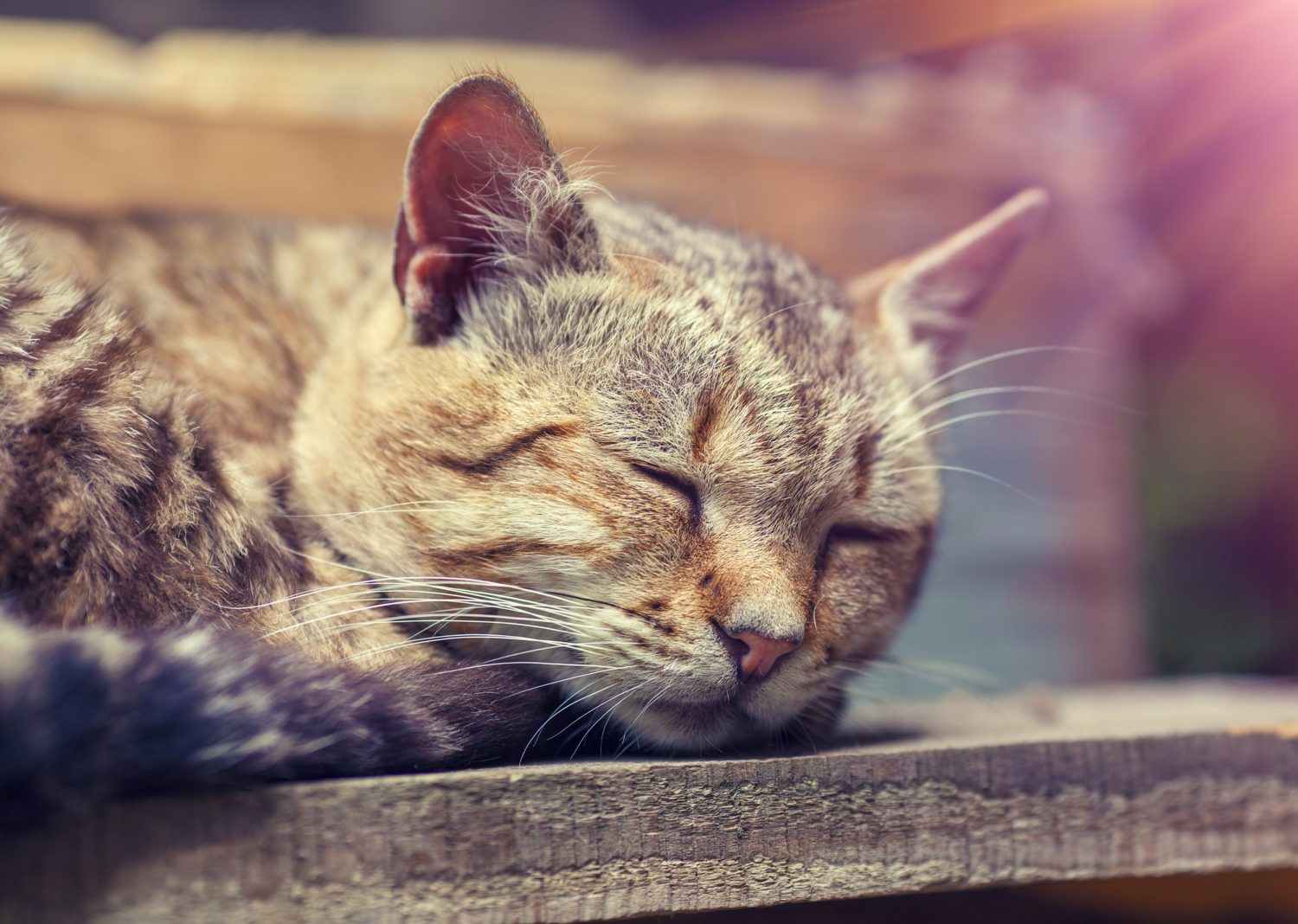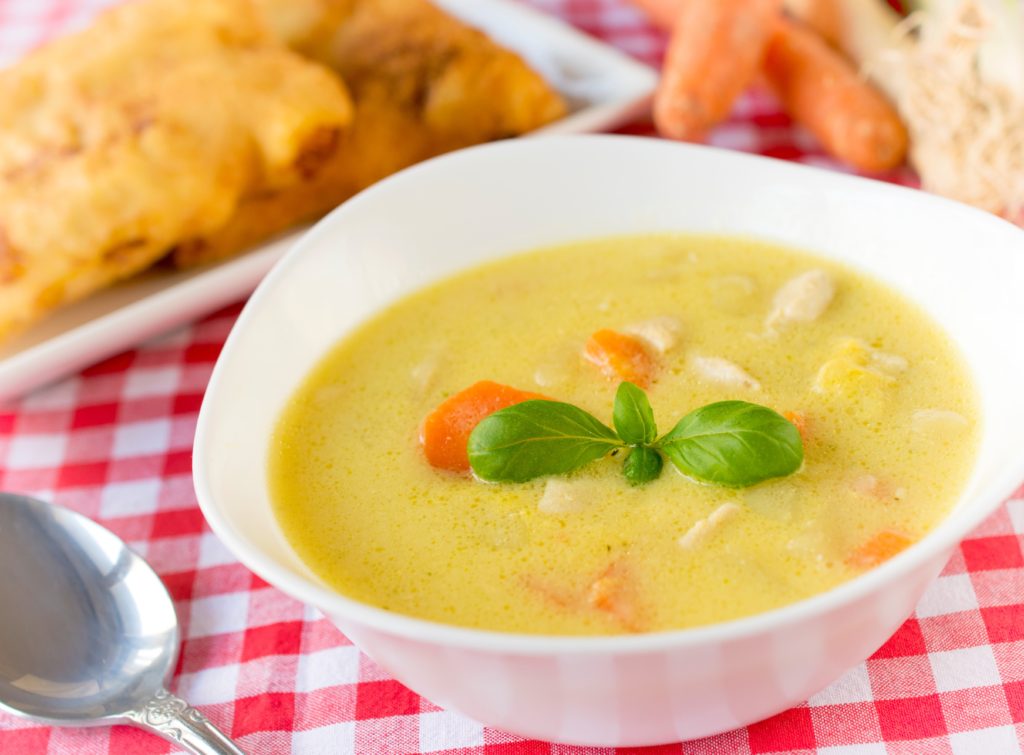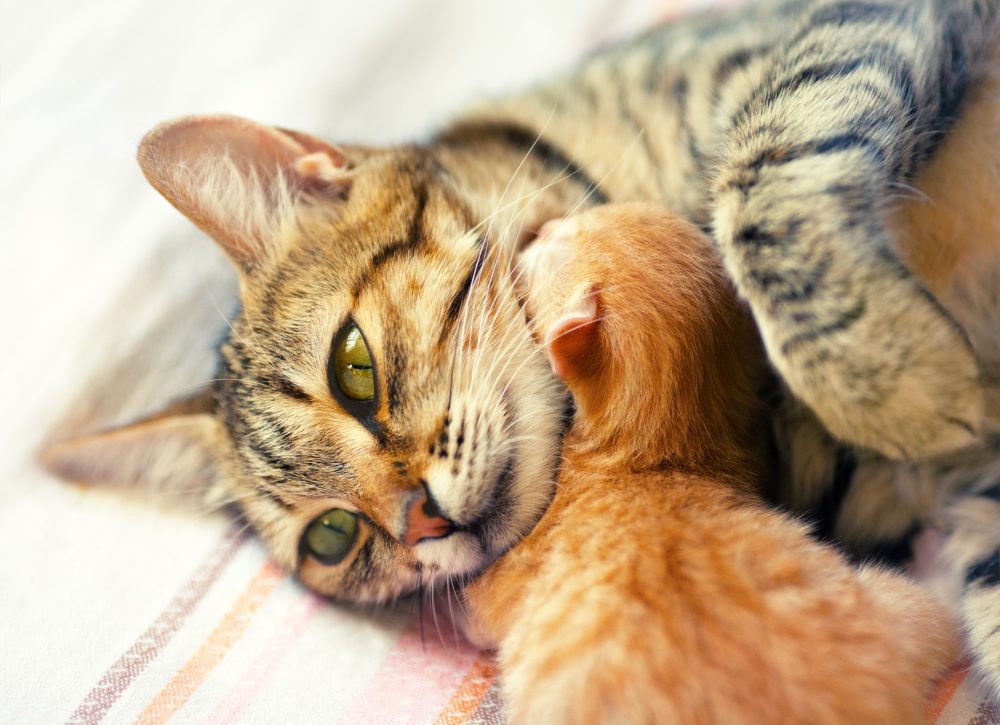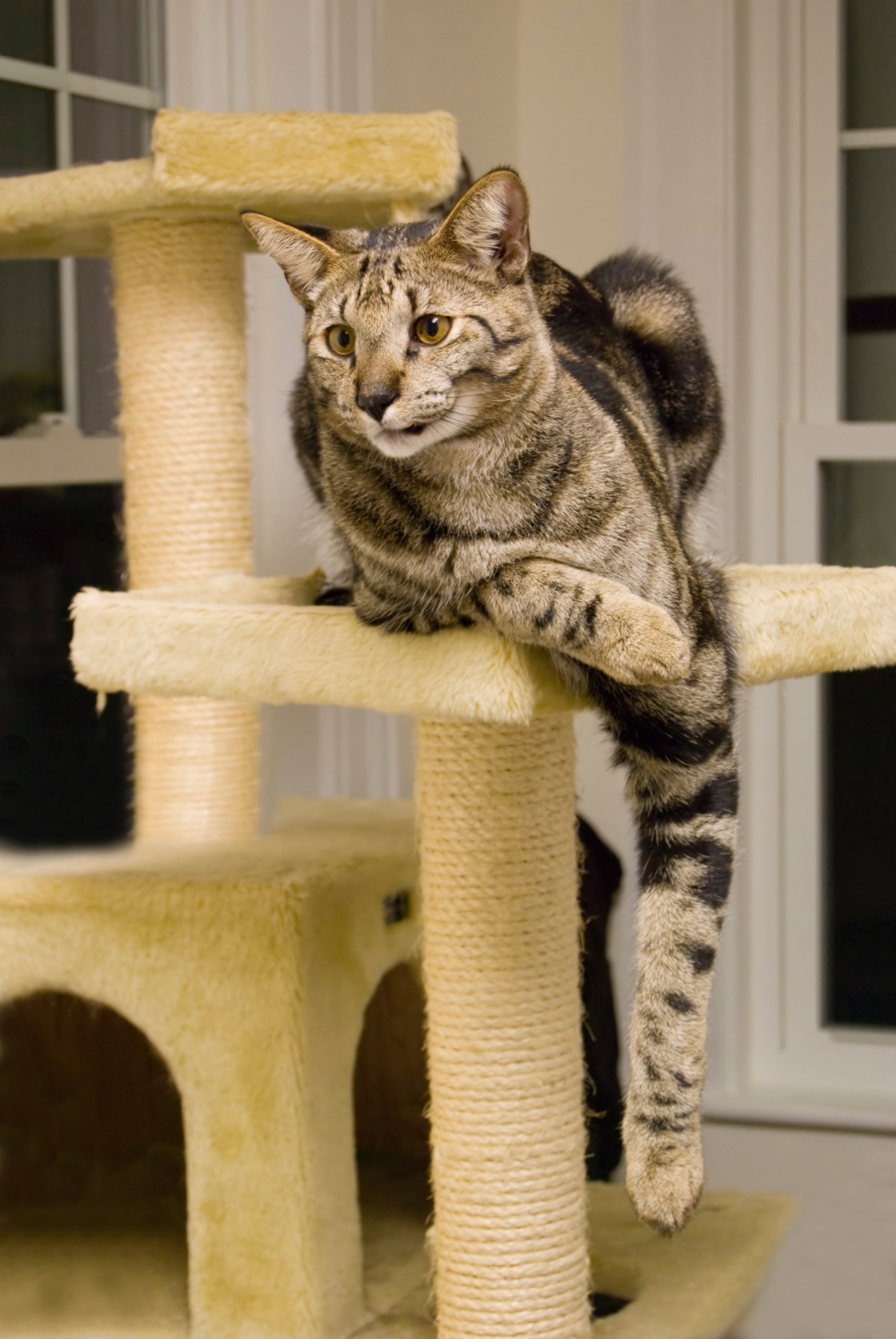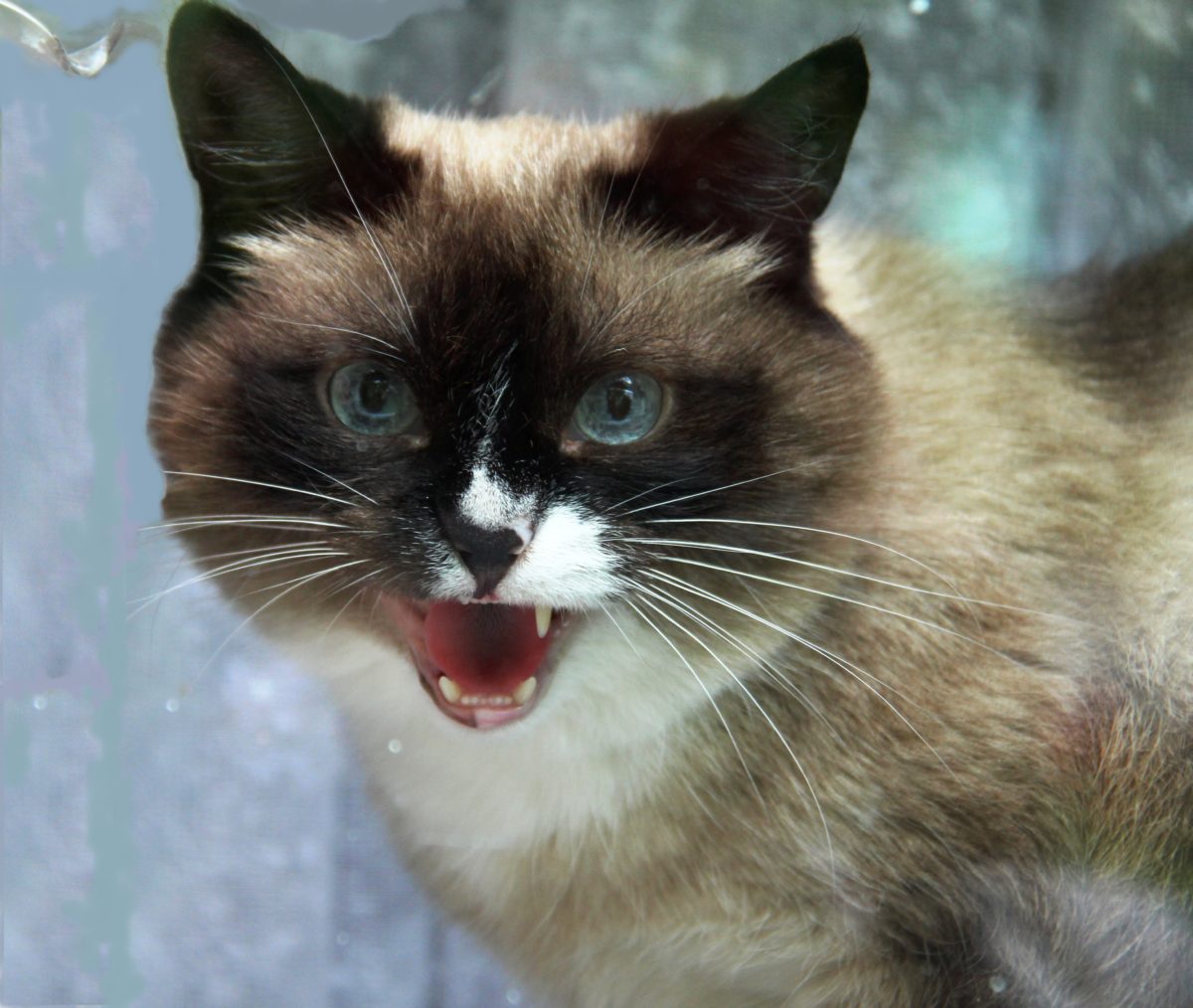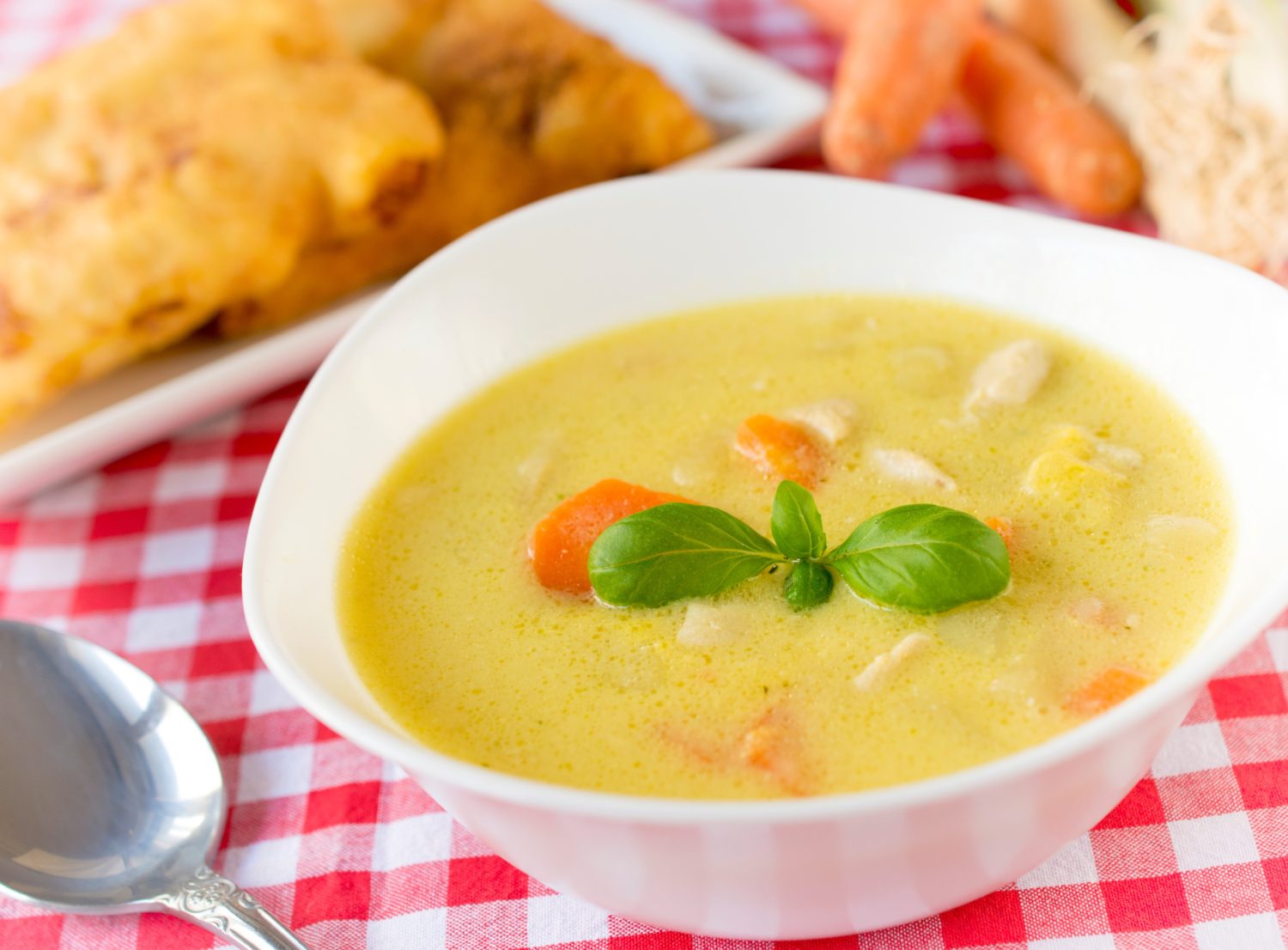
Can I give soup / broth to my cat?
One of our cats is a lot fussier than the other – whilst Boo will eat anything and everything, Misty is a great deal fussier. She will happily eat dry food but tends to lick the gravy or the jelly on wet food and leave the meat chunks. Cats seem to certainly know what they like or dislike, not only with taste but with texture too. When we came across brands selling soup for cats we decided to investigate further, is soup for cats a good meal for cats?
Ready to buy cat soup
Several of the major cat food brands including Sheba, Whiskers and Gourmet now offer soup for cats. The demand for providing our feline friends with the option of treats, luxuries and high-quality food with a variety and choice of flavours is certainly been met by the pet food industry. Many cats simply prefer the gravy or jelly in wet food and the option of a meat or fish soup or broth with high quality nutritional ingredients meets this need. These soups are exactly what you would expect from a soup or broth – fine chunks of meat or fish, some with vegetables in a liquid broth. Manufactures do state that these soups are not a replacement for your cat’s usual meals, they are something different to serve in addition and alongside their normal diet.
Benefits of soup / broth for cats
- Fussy cats – Some cats can be very adamant about their likes and dislikes of various foods and its texture. Thankfully the options for cat food is an ever-expanding market with many variations in cat food. The range of flavours and textures means now that there is something for even the fussiest cat. Pates, fun sauces and toppings, and now soup are additional choices to serve along the usual dry food and wet food. For a fussy cat that seems to always prefer licking the gravy, introducing soups, where the solids are very finely chopped may encourage the consumption of solids gradually.
- High moisture content – Water is an important part of a cat’s diet, it makes up approximately 80% of a cat’s body. If enough fluid isn’t consumed, dehydration can occur. It can be difficult to encourage cats to drink enough water. Feeding wet food is a great way to increase fluid intake and soup in particular will have a high level of moisture and will contribute to the recommended daily intake when consumed.
- Contribute to a balanced diet for health and strength – Naturally cats enjoy several smaller meals a day and soup or broth can complement this balance nicely. Achieving the correct balanced diet will vary from one cat to another depending on their age, health and lifestyle. If unsure about your cat’s need please seek the professional advice of your veterinary.
- Poorly cats – A poorly cat or a cat recuperating from an operation or illness may not have its usual appetite or it may be that eating is painful. Smaller portions of food with a strong aroma (slightly warming the food can release a stronger aroma) may tempt them to eat. Soup can be an ideal option to try to entice your cat to eat a little.
- Dental pain: this is one of the main reason that cats decide to stop eating foods that require chewing. Soup can be useful as a temporary meal replacement ensuring your cat will still receive a nutritional meal without the need for chewing until the dental pain is sorted or whilst recovering from a tooth extraction or a gum infection.
- Elderly cats – Very often, elderly cats require feeding little and often. Their sense of taste and smell can reduce their appetites and dental problems may become more frequent. Therefore, smaller but still nutritious, portion of soup may tantalize the taste buds and be easier to eat.
- Variety and treats – Sometimes it’s simply a case of cats getting bored with the same meal. Introducing soup as part of the daily diet can be simply just a nice change, or a treat for your cat.
Is it ok to make homemade soup or broth for your cat?
Very often homemade food always taste better but is homemade soup ok for cats? A few key issues to remember:
- Cats are carnivores, they need to eat meat. Due to their hunting instincts, meat is their main source of nourishment and the way they feed, and digest food is geared towards this. Cats are strict carnivores – they need meat to live. They require essential amino acids from protein and a shortage of these amino acids can lead to serious and untreatable illnesses.
- Salt is poisonous to cats – therefore homemade soup or broth must be salt free.
- Carbohydrate based soups are not suitable for cats. Their bodies are not designed to digest and utilise the carbohydrates efficiently therefore obesity and diabetes can become a problem.
- There are certain foods which are toxic to cats, including these which are popular ingredients in the soup or broth for us humans:
-
- Onions. Even a couple of slices can be toxic. Onions contain a compound which can cause feline anaemia.
- Garlic and chives. These can cause similar problems to the onions – anaemia and gastrointestinal problems.
- Raw potatoes. A member of the deadly nightshade family, uncooked potatoes can cause gastrointestinal problems for cats.
- Raw tomatoes. Also a member of the deadly nightshade family, uncooked tomatoes are also unsuitable for cats.
- Milk & milk products. It is the lactose, the sugar in cow’s milk, that cats have difficulty in digesting. Lactose free milk is readily available and safe to use.
- Yeast dough. Yeast dough can cause abdominal pain and can rupture the intestines in a cat.
As long as caution and being well informed of both safe and toxic ingredients to cats are researched, there shouldn’t be any problems in making homemade soup for your cat as an occasional treat. The biggest problem with a wholly based homemade diet is ensuring that the nutritional needs of your cat are fully met. It is advisable to seek the professional guidance of your veterinary if a wholly homemade diet is your preferred option for your cat. Commercially prepared foods have been prepared to meet the nutritional needs of your cat and have detailed information regarding daily requirements, how much to feed etc.
Homemade turkey broth
It always seems a waste not to use the turkey’s bony carcass after the festivities of Christmas or Thanksgiving. Although the bones are a danger for cats to chew, when boiled up into a broth, the cats can enjoy the benefits of the bones. Benefits of bone broth include:
- rich in calcium and phosphorus which is used for healthy bones and teeth
- minerals such as magnesium useful for joints
- boost the immune system
- boost the digestive tract
- detoxifying the liver
- encouraging poor appetite and boosting nutrition
The delicious broth can either be poured over dry food, poured over wet food as additional sauce or gravy or as a novel idea freeze some broth and make into ice lollies, popsicles or frozen cubes for your cat to enjoy on a hot day.
Should soup or broth for cats be heated up?
As with tastes and textures, cats can differ in their preference of food temperatures. But, in general, it seems that the preferred temperature for food amongst cats is around 35 degrees centigrade with the preference decreasing again over 40 degrees centigrade. Warming the food a little will increase the aroma of the food and can be useful to encourage eating especially in an elderly or poorly cat who’s sense of smell has decreased. If food has been stored in a refrigerator then it can be heated a little just to take the edge of the coldness. Be careful when heating any food for your cats that there are no hot spots than can cause them to burn.
In conclusion
There definitely seems to be times when soup is a great addition to your cat’s daily diet. It is important to read the guidance on the manufacture’s packaging for information on nutritional value and quantities. And if exploring the homemade option then be sure to spend a little time researching safe foods as ingredients. If you enjoyed this article you may also enjoy our article on smoothies and juices for your cats.
